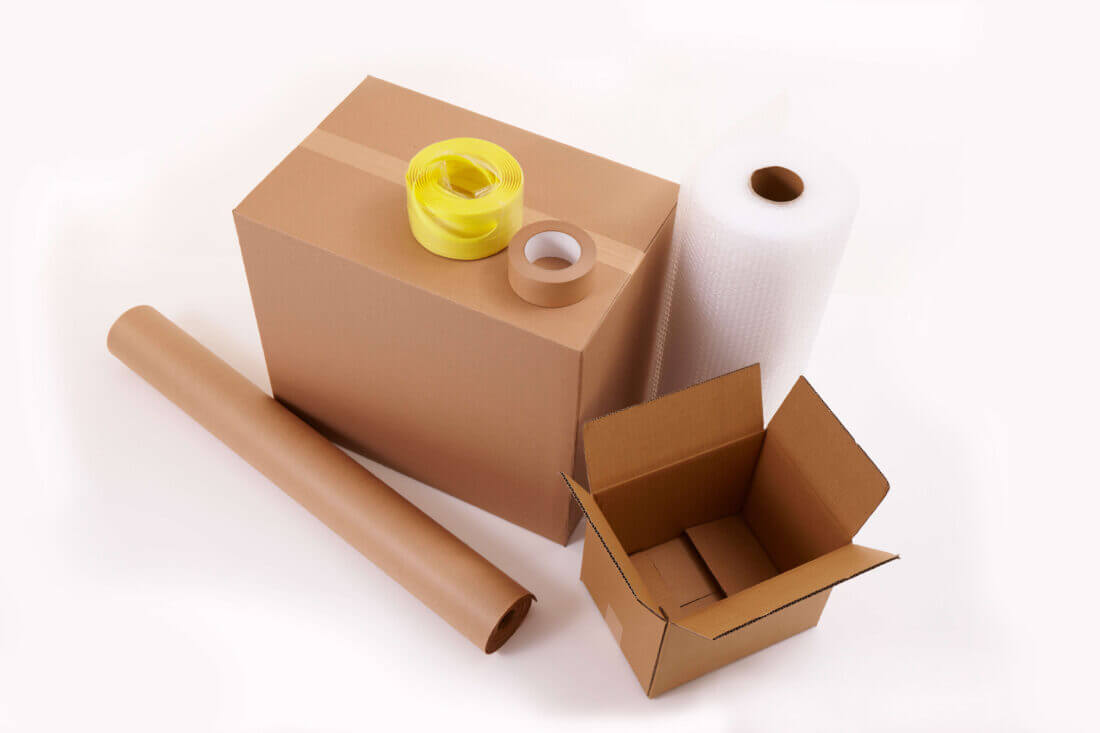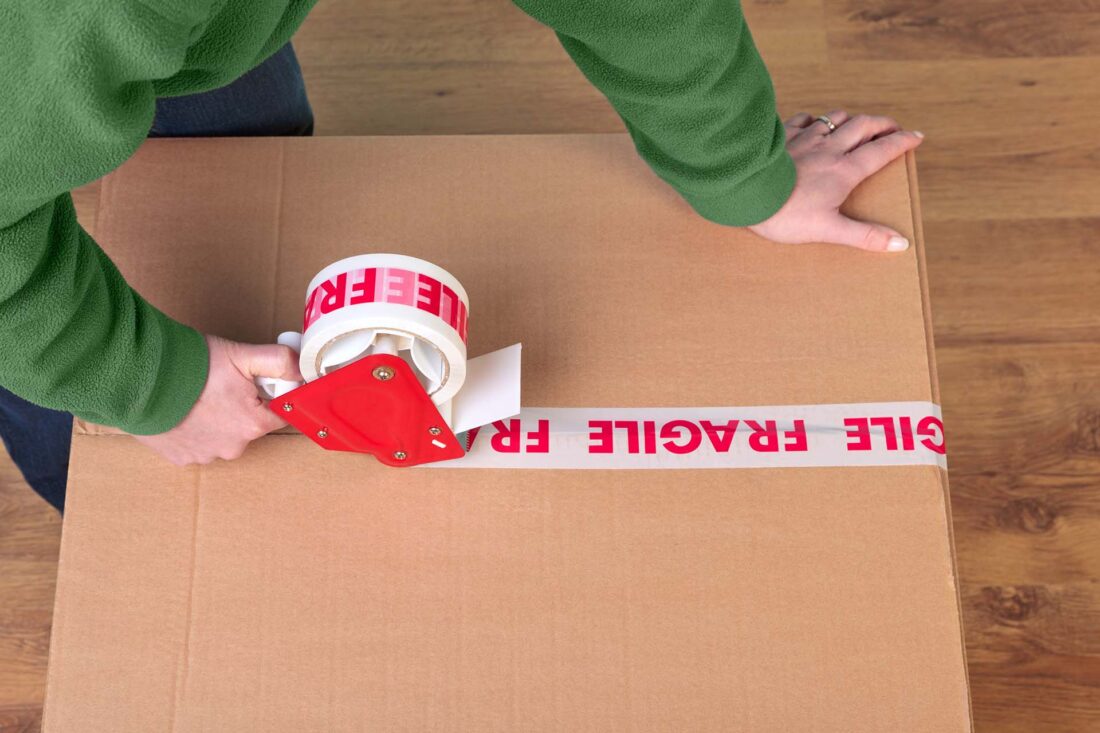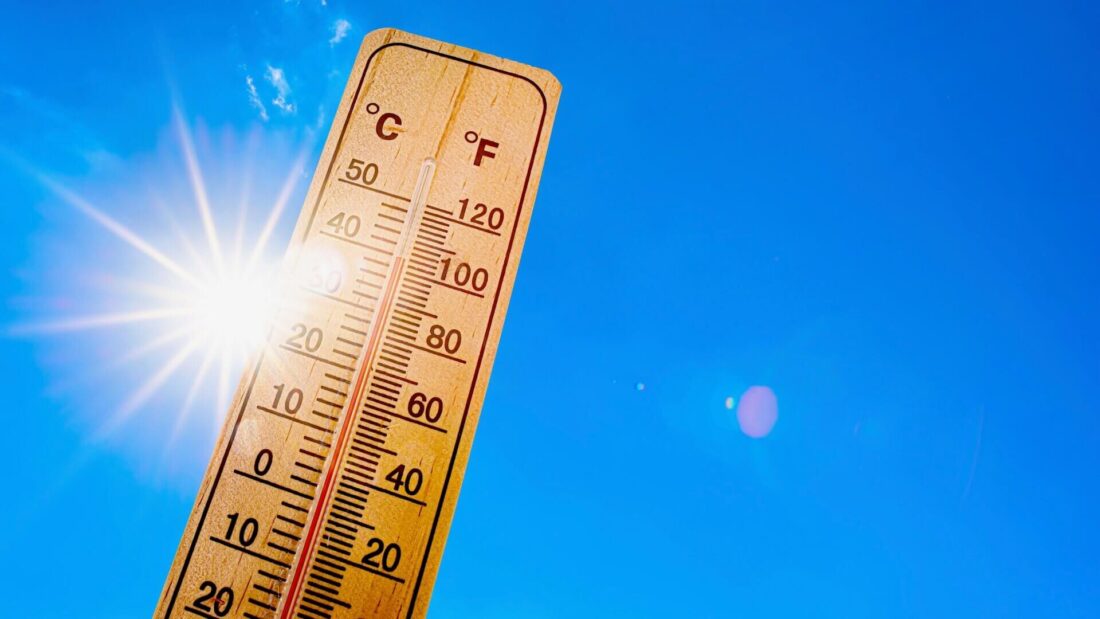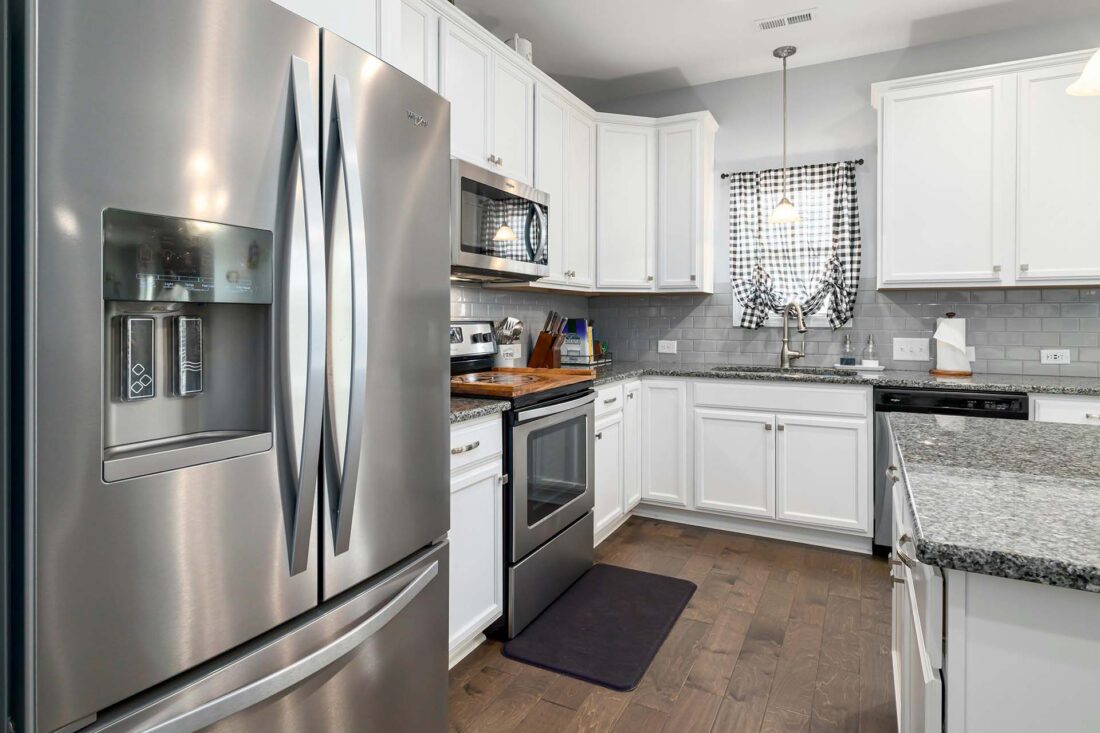Moving can be a daunting task, and ensuring the safe transportation of household items is a top priority. We will provide you with expert tips on how to pack utensils for moving, helping you safeguard cutlery, kitchen tools, and dining essentials. Whether you’re a seasoned mover or embarking on a first big move, these tried-and-true techniques will help streamline the process and ensure your kitchenware gets to a new home in pristine condition.


How to Pack Utensils for Moving
When preparing for a long-distance kitchen move, a systematic approach ensures the safety of belongings and an efficient unpacking process. Start by cleaning and organizing utensils for move by type and size. Utilize appropriate packaging materials, like bubble wrap and dividers, for added protection. Label boxes with specific content descriptions and handling instructions, simplifying the work when it comes to the unpacking phase.
For unique scenarios, such as handling large or unusual cutlery or tackling long-distance moves, take extra precautions to safeguard kitchen essentials. Ultimately, thoughtful packing and organization pave the way for a smooth transition, making the utensils readily accessible in a new kitchen.
What Are the Basics of Kitchen Utensils Packing
Packing silverware and other kitchenware effectively begins with learning the basics of securing these essential kitchen items for a move. Firstly, ensure that all the utensils are clean and dry to prevent any potential stains or odors during transportation. Organizing by type can be immensely helpful when unpacking kitchen utensils, so consider grouping similar items together.
To protect them from dust and damage, it’s advisable to wrap them individually or in small bundles. Utilizing proper packaging materials and a sturdy box is crucial to keep all belongings safe during transit. Additionally, label boxes clearly to identify their contents easily when you arrive at the new home.
Types of Utensils and Their Packing Needs
Different types of kitchenware have varying packing requirements based on their size, shape, and material. Categorizing utensils into groups such as fragile, sharp, bulky, or delicate can guide the packing strategy. For packing fragile kitchen items like fine china or glassware, use bubble wrap or packaging paper to cushion them, and consider double-boxing for extra protection.
Sharp utensils like knives should be secured in blade guards or cardboard sleeves to prevent accidents and damage to other items. Bulky utensils like pots and pans can be nested together with packaging paper or foam to maximize space and reduce the number of boxes required. Wooden utensils require extra care, ensuring they are clean and dry to prevent mold and warping during transit.
Essential Moving Supplies for Kitchen Items
Choosing the right packing supplies can make a significant difference in the safety of the kitchenware during a move. Opt for sturdy cardboard boxes in various sizes, ensuring they are in good condition without tears or weak spots. Bubble wrap, packaging paper, or foam sheets are essential for wrapping and cushioning belongings.
Plastic wrap can help secure bundles of utensils and prevent them from shifting within boxes. For an eco-friendly and budget-conscious approach, consider using items you already have, such as towels, dishcloths, or old newspapers, as padding. Reusable and biodegradable packaging materials are eco-friendly alternatives, helping reduce the relocation’s environmental footprint. You can also reuse and find free boxes on sites like Craigslist.


Step-by-Step Guide to Packing Utensils and Moving Kitchenware
When it comes to how to pack kitchen utensils for moving, a systematic approach can make all the difference in ensuring they reach the destination unscathed. Let’s walk through the process step by step.
Preparing Utensils for Packing
Begin by thoroughly cleaning the cutlery to remove any food residue or grease. It’s crucial to ensure they are entirely dry to prevent mold or rust during transit. Next, organize the utensils by type and size. This categorization will not only help you stay organized but also make it more straightforward to set up the new kitchen. For example, group forks with forks, knives with knives, and so on.
Secure Utensil Packing Techniques
Different kitchenware require specific packing techniques to ensure their safety during the move. Here’s how to pack away kitchen utensils for moving securely:
- For fragile items such as glassware or fine china, wrap each piece individually with several layers of bubble wrap or packaging paper. Pay extra attention to delicate areas like stems or handles. Place them upright in sturdy boxes, filling any gaps with packaging material to prevent shifting.
- To protect sharp utensils, like knives, use blade guards or cardboard sleeves to cover the sharp edges. Make sure they are adequately padded to prevent accidents and protect other items from damage.
When dealing with bulky items such as pots and pans, nest them together, placing a layer of packaging material between them to prevent scratches and dents. Stack them in a box, with heavier items at the bottom and lighter ones on top. - Wooden utensils require special care. Ensure they are entirely dry to prevent mold or warping. Wrap them individually or in small bundles with packaging paper or cloth to protect the wood’s finish.
- Label the boxes clearly when packing sharp or fragile items. Use labels like “Sharp Items” or “Fragile” to alert cross-country movers and ensure careful handling during the unpacking process. Marking boxes as “This Side Up” can also be helpful.
Organizing and Labeling Packed Utensils
Once the utensils are safely packed, the next critical step is organizing and labeling them to ensure a hassle-free unpacking process.
Efficient Kitchen Packing Strategies for Easy Unpacking
To make unpacking the utensils as smooth as possible, it’s essential to organize them thoughtfully within the boxes.
Organize them based on their functionality or use. For instance, pack all baking utensils together in one box, while placing daily-use cutlery in another. This approach helps you find specific items quickly when setting up the kitchen from scratch.
Utilize dividers and separators within boxes to keep utensils neatly arranged and prevent them from jumbling together during transit. You can use cardboard dividers, plastic trays, or even repurpose small bins or containers to create compartments within the boxes.
Labeling Boxes for Effective Unpacking
When labeling boxes, be specific and detailed. Instead of merely writing “Kitchen Utensils,” list the types of kitchenware contained in each box. For example, label one box as “Pots and Pans” and another as “Cutlery and Flatware.” This level of detail will save you time and effort when searching for specific items.
Additionally, color-code labels or use colored markers to make identification even more straightforward. Assign a specific color to each room or category, allowing you and the long-distance movers to quickly identify where each box belongs.
Labeling isn’t just about content identification – it’s also about providing handling instructions. Clearly mark boxes that contain fragile or delicate utensils with “Fragile” or “Handle with Care” labels. This ensures that movers exercise caution when handling these boxes, reducing the risk of damage and relocation mistakes.


Special Considerations for Moving Utensils
While relocating standard kitchenware is relatively straightforward, some unique circumstances may require special attention and precautions when it comes to moving specific kitchen items.
Handling Large and Unusual Utensils
When dealing with bulky or oddly shaped items, it’s crucial to find appropriately sized boxes or containers. Oversized utensils may require custom packaging solutions to ensure they fit securely and don’t shift during the move.
For special kitchen equipment, such as stand mixers or food processors, disassemble removable parts and pack them separately. Wrap delicate attachments carefully to prevent damage. Label the containers to indicate which appliance they belong to for easy reassembly later.
You can also use furniture pads or blankets to protect large and delicate items. These extra layers of cushioning can help absorb shocks during transit and keep special utensils safe from scratches or dents.
Precautions for Long-Distance Moves
When facing a long-distance move, additional precautions are necessary to safeguard kitchenware during the extended journey. Provide extra protection for all the utensils, especially fragile and sharp items. Double-boxing fragile items or adding more padding can reduce the risk of breakage over long distances.
mindful of climate and temperature factors, especially if you’re moving across regions with varying weather conditions. Extreme temperatures can affect certain materials, such as plastics or metals. It’s essential to protect kitchenware from extreme heat or cold by using insulated boxes or climate-controlled transport options if available.
Before the move, research the climate conditions at the destination and plan utensil packing accordingly. If you expect temperature fluctuations or humidity variations, take preventive measures like sealing items in airtight bags or containers to prevent moisture damage.


Unpacking and Setting Up the Kitchen
Once you’ve successfully moved the utensils, the next step is unpacking and setting up the kitchen. This process involves care and organization to ensure a smooth and efficient setup.
Unpacking Utensils Safely and Efficiently
When unpacking kitchen items, it’s essential to do it safely and efficiently. Prioritize items for immediate use. Start by unpacking cutlery, plates, and pots and pans. This allows you to continue cooking and meal preparation without delays.
Take a systematic approach to unpacking and organizing. Begin with one box at a time, focusing on specific categories of utensils. As you unpack each box, arrange the items neatly in their designated storage spaces to avoid clutter and confusion.
Storage Services
Our spacious climate-controlled units will protect your things until the drop-off. No need to worry about them because all items are labeled and secure, and each customer gets a dedicated unit mixup isn’t possible.
Learn moreMoving Insurance
All your stuff is secure with Long Distance USA Movers, but in case something does happen to it, there’s a moving insurance policy in place. We offer both basic Valuation Coverage and Full Value Protection.
Learn moreAuto Transport
Move your car across the country in an open or enclosed trailer – for an affordable fee. We offer car transport as a standalone service, but you can bundle it with your household move and get a hefty discount.
Learn moreTips for Arranging Utensils in a New Kitchen
Arranging kitchenware anew requires some thought and planning to make the most of the space, which is why it’s so important to implement space optimization techniques. Consider the kitchen’s layout and allocate storage areas efficiently. Utilize drawer dividers, utensil trays, and organizers to maximize space and keep everything well-organized.
Maintain organization and accessibility. Store utensils where they are most convenient to use. For instance, place frequently used items like spatulas and ladles in easy-to-reach drawers or containers near the stove. Keep cutlery and flatware in a designated drawer or caddy near the dining area for quick access during meals, and voila! – you have a functioning kitchen.


From Chaos to Culinary Bliss – Mastering the Art of Packing and Unpacking Utensils
In conclusion, packing and moving kitchenware may seem like a simple task, but it demands careful planning and execution to ensure safe utensil transportation. By following these guidelines and giving due attention to the details, you can rest assured that your utensils will arrive at s new kitchen ready to serve you well, making the moving experience a smoother and more enjoyable one.
However, it’s always best to hire a professional long-distance moving company and their cross-country moving services and professional packing services if you want to have a smooth and stress-free move. So, make sure to contact Long Distance USA Movers and allow our long-distance moving services to take care of every aspect of your relocation, making sure you get a dream kitchen in the new home.
What’s the Best Way to Pack Fragile Utensils Like Glassware?
The best way to pack fragile items like glassware is to wrap each piece individually with bubble wrap or packaging paper, place them upright in sturdy boxes, and fill any gaps with packaging material to prevent shifting. Double-boxing for added protection is also advisable.
Can I Use Regular Boxes for Packing Kitchen Utensils, or Do I Need Special Boxes?
You can use regular cardboard boxes. However, it’s essential to select sturdy boxes in good condition to ensure the items are well-protected during the relocation.
How Do I Organize My Utensils for Easier Unpacking at My New Home?
Organize them by type and size for easier unpacking. Prioritize items for immediate use and systematically unpack and arrange them in their designated storage spaces to maintain order and accessibility.
What Are Some Eco-Friendly Packaging Materials I Can Use for Kitchen Utensils?
Eco-friendly packaging materials include biodegradable bubble wrap, recycled cardboard boxes, and reusable options like cloth, towels, or newspaper. These choices reduce environmental impact during the relocation.
Is It Necessary to Clean All Utensils Before Packing, and if So, Why?
Yes, it’s essential to clean all utensils before packing. Cleaning removes food residues, prevents odors, and reduces the risk of mold or rust during transit.







